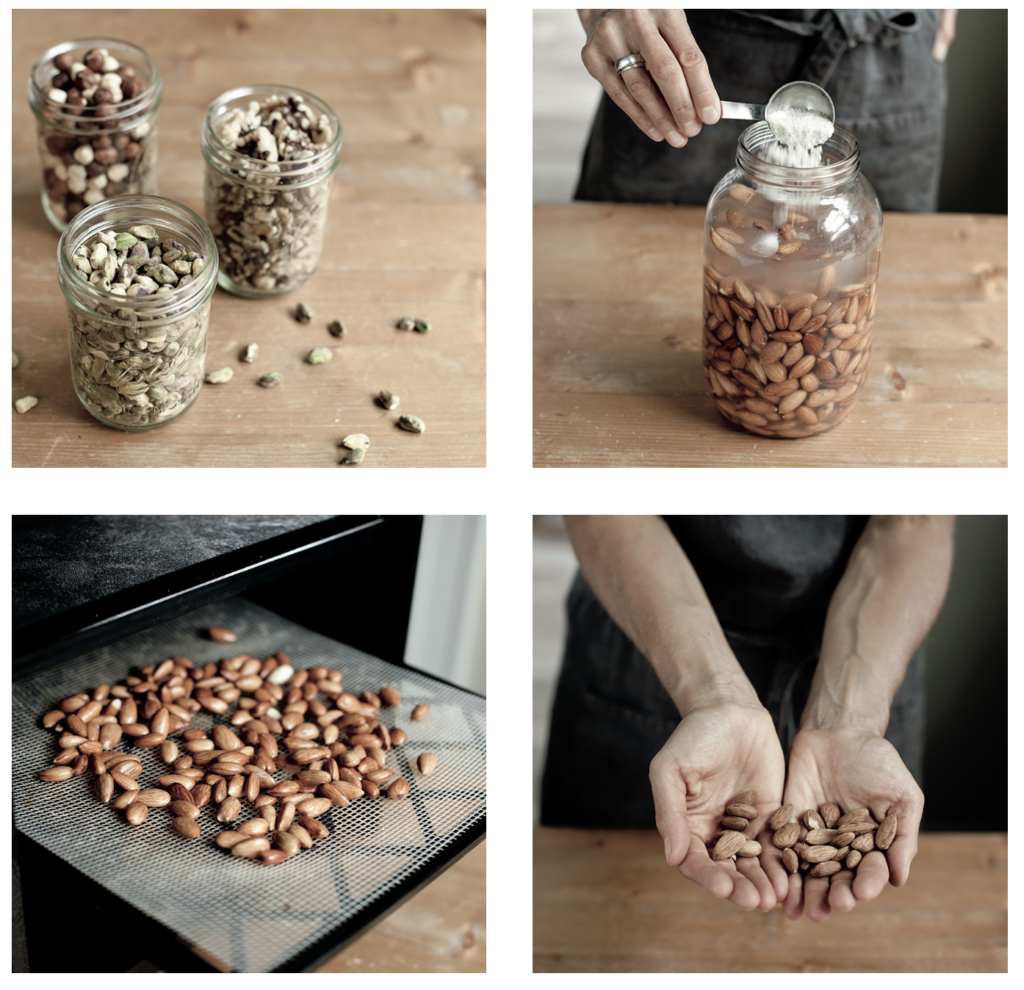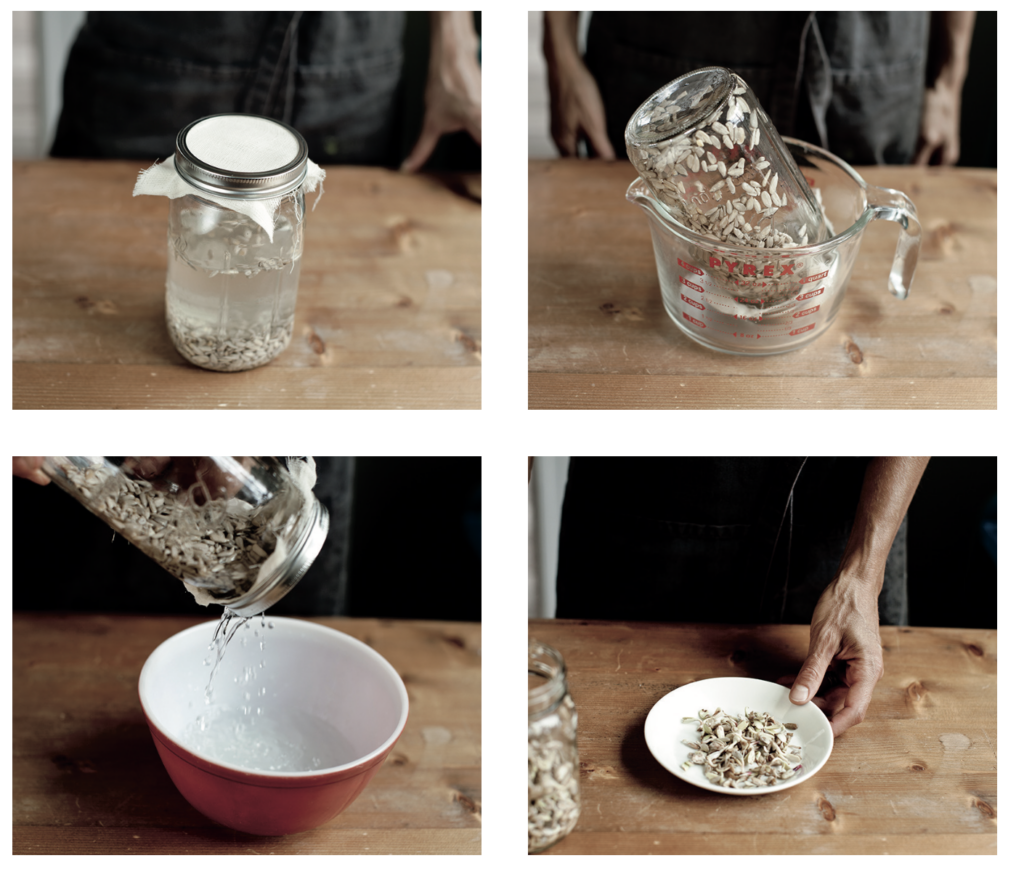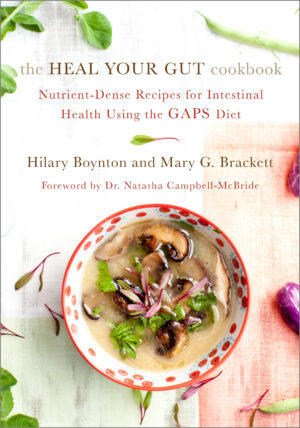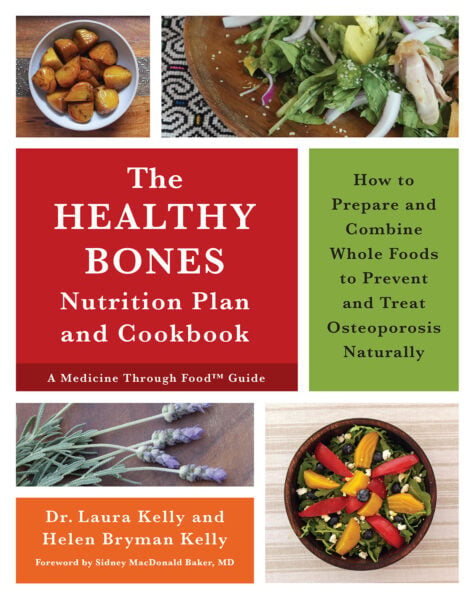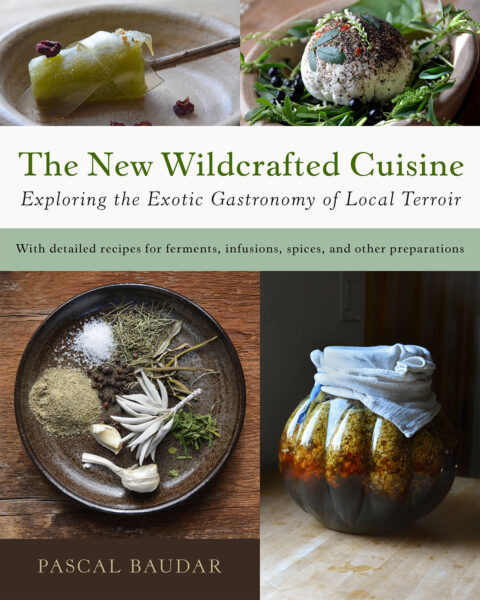Tasty Ways to Use Pumpkin Seeds
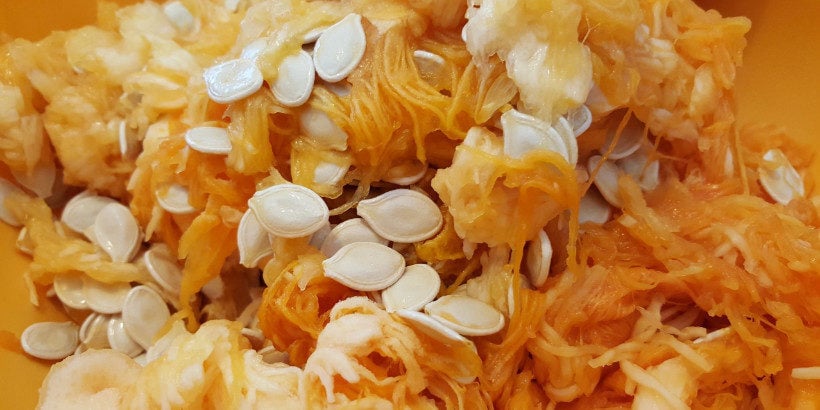
Wondering what to do with all those pumpkin seeds now that Halloween is over? Instead of roasting them, try some of these alternative ways to prepare & use leftover seeds! PLUS, put your seeds to great use with a must-try pumpkin granola recipe.
The Following is an excerpt from The Heal Your Gut Cookbook by Hilary Boynton and Mary Brackett. It has been adapted for the web.
Dehydrating Nuts and Pumpkin Seeds
Sally Fallon Morell explains in her book Nourishing Traditions that nuts and seeds are best when soaked and dehydrated. She calls them “crispy nuts.” All nuts, grains, beans, and seeds have phytic acid and enzyme inhibitors otherwise known as “anti-nutrients.”
A diet heavy in these anti-nutrients can cause digestive irritation as well as nutrient deficiencies. Phytic acid binds to minerals and blocks the absorption of many key nutrients in the body.
Starting the Germination Process
Enzyme inhibitors bind to enzymes and decrease their activity. Enzyme inhibitors and phytates are nature’s defense mechanism protecting nuts, seeds, grains, and legumes, allowing them to survive until they are in their optimal sprouting conditions and can become a plant. When we soak nuts and seeds, we are essentially creating the optimal moist environment that nature intended, and allowing them to germinate.
Starting this germination process and neutralizing the enzyme inhibitors and phytic acid makes them easier on our digestive systems and allows us to better absorb the nutrients. Traditional cultures went to great lengths to make their nuts, seeds, grains, and legumes more digestible. See resources for information about bulk- ordering nuts. Be careful—they’re addictive!
Sprouted Seeds
Place 1⁄2 to 1 cup raw seeds in a clean quart-sized mason jar, and cover 2 inches above the top with filtered water. Cover the jar with cheesecloth and a rubber band, and let it sit overnight for 10 hours in a cool place.
Drain the seeds, rinse, and drain again; replace the cheesecloth, then invert the jar and position it at an angle in a Pyrex measuring cup or bowl.
Rinsing the Seeds
This will allow air to circulate and water to continue draining. Rinse the seeds every 12 hours, and repeat the process until sprouting begins—about 2 days. Dump the sprouted seeds onto a plate or cookie sheet, and let them dry completely. Then put them back into a clean, dry jar, cap it, and store in the fridge.
Place 4 cups raw nuts in a large jar or glass bowl. Cover with warm filtered water. Gently stir in some sea salt (use the measuring table). Soak for 7 hours. Strain, rinse, and place in a dehydrator or oven at no more than 150°F for 24 hours, or until crisp. Store all nuts in an airtight container in the fridge or freezer for up to 6 months.
Note: Cashews are not truly raw since they’re heated to 350°F while still in their shell to neutralize a toxic oil called cardol before they go to market.
Therefore, it’s not necessary to dehydrate them after soaking, but roasting will make them the tastiest. Follow the regular soaking instructions (soak for no longer than 6 hours), then spread them out on a cookie sheet. Roast in the oven at 200 to 250°F for 12 hours for optimal flavor and crunch.
Salt Measurements for Nuts & Pumpkin Seeds (4 cups)
|
Pecans |
2 teaspoons |
Walnuts |
2 teaspoons |
|
|
Peanuts |
1 tablespoon |
|
Pine nuts |
1 tablespoon |
|
Almonds |
1 tablespoon |
|
Macadamia nuts |
1 tablespoon |
|
Hazelnuts |
1 tablespoon |
Cashews |
1 tablespoon |
|
|
Pumpkin seeds |
2 tablespoons |
|
Sunflower seeds |
2 tablespoons |
|
Pistachios |
No soaking required! |
RECIPE: Pumpkin Seed Granola
Makes 1 quart
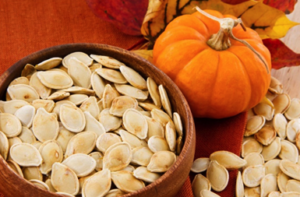 Ingredients
Ingredients
- ½ cup cashews, soaked
- ½ tsp nutmeg
- ½ cup pecans, soaked
- ½ tsp sea salt
- ½ cup sunflower seeds, soaked
- ½ cup pumpkin seeds
- ½ cup pumpkin puree
- ½ cup shredded coconut (optional)
- 2 tbsp cinnamon
- ¼ cup coconut oil
- 1 tsp vanilla extract
Procedure
Pulse all ingredients together in a food processor until a very chunky paste is formed. Spread on your dehydrator’s nonstick drying sheet and set at 145°F for 12 to 24 hours, stirring once or twice. (Or spread on a cookie sheet and bake in the oven on its lowest possible setting for 12 to 24 hours, depending on temperature.) Break up granola; store in an airtight container in the fridge.
Recent Articles
Garlic mustard: while known as “invasive,” this plant can be consumed in its entirety and has great nutritional value. Plus, the garlic-flavor is a perfect addition to any recipe that calls for mustard! The following are excerpts from Beyond the War on Invasive Species by Tao Orion and The Wild Wisdom of Weeds by Katrina…
Read MoreOh, honeysuckle…how we love thee. If only there was a way to capture the sweet essence of this plant so we could enjoy it more than just in passing. Luckily, foraging and some preparation can help make that happen! Here’s a springtime recipe that tastes exactly like honeysuckle smells. The following excerpt is from Forage,…
Read MoreIntroducing…your new favorite brunch dish! This whole broccoli frittata is packed with fresh, wildcrafted flavors that are bound to help you start your day off on the right foot. The following is an excerpt from The Forager Chef’s Book of Flora by Alan Bergo. It has been adapted for the web. RECIPE: Whole Broccoli Frittata…
Read MoreMany know the effects of catnip on our feline friends, but few realize that catnip has medicinal effects for humans. From stomach aches to reducing fevers, catnip is a versatile herb with many benefits. The next time you grow this plant for your cat you may end up taking a few cuttings for yourself! The…
Read MoreWondering where to forage for greens this spring? Look no further than hedges, which serve as natural havens for wild greens and herbs! The following is an excerpt from Hedgelands by Christopher Hart. It has been adapted for the web. Food from Hedges: Salads and Greens Let’s start by looking at all the wild foods…
Read More

